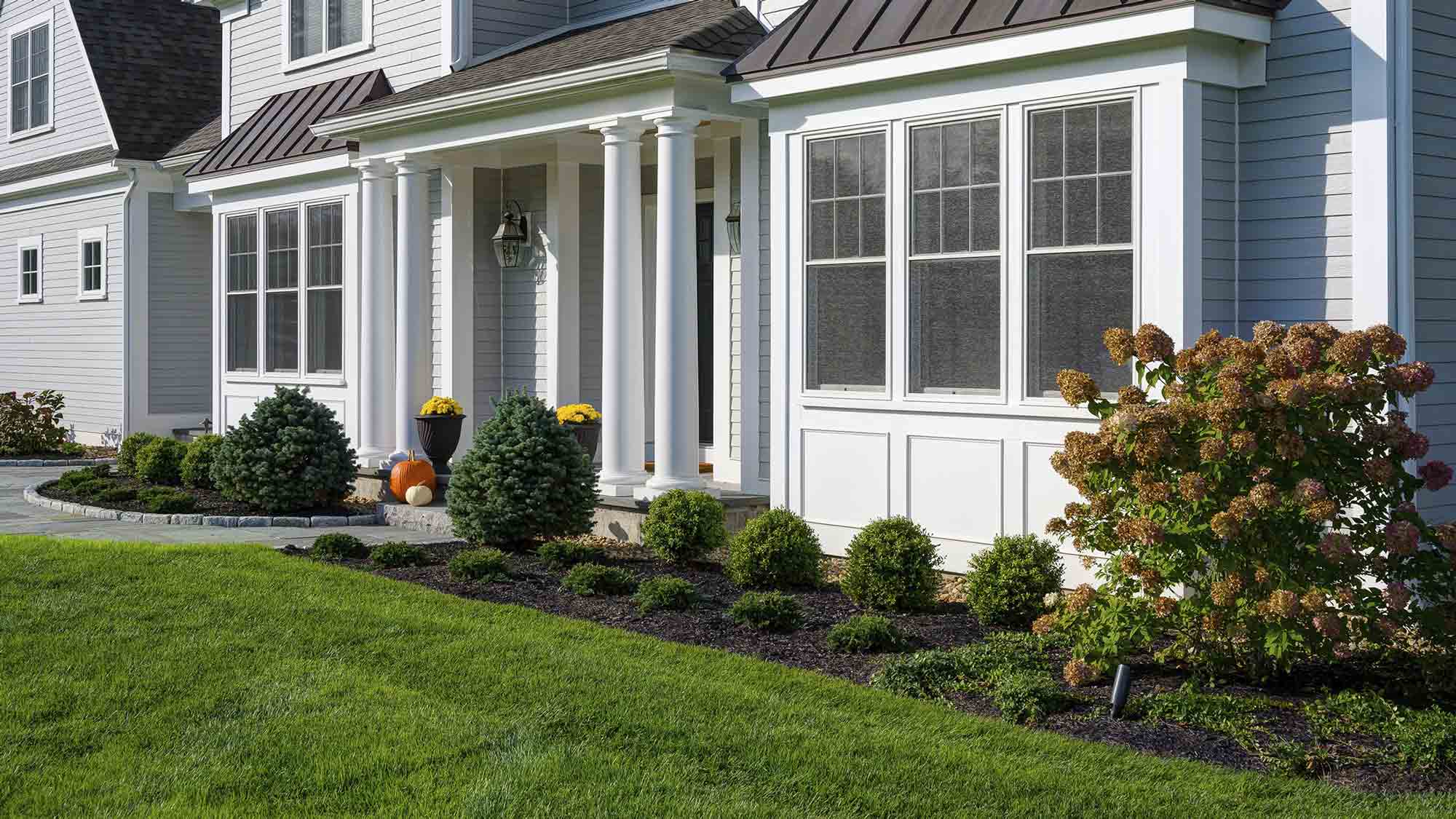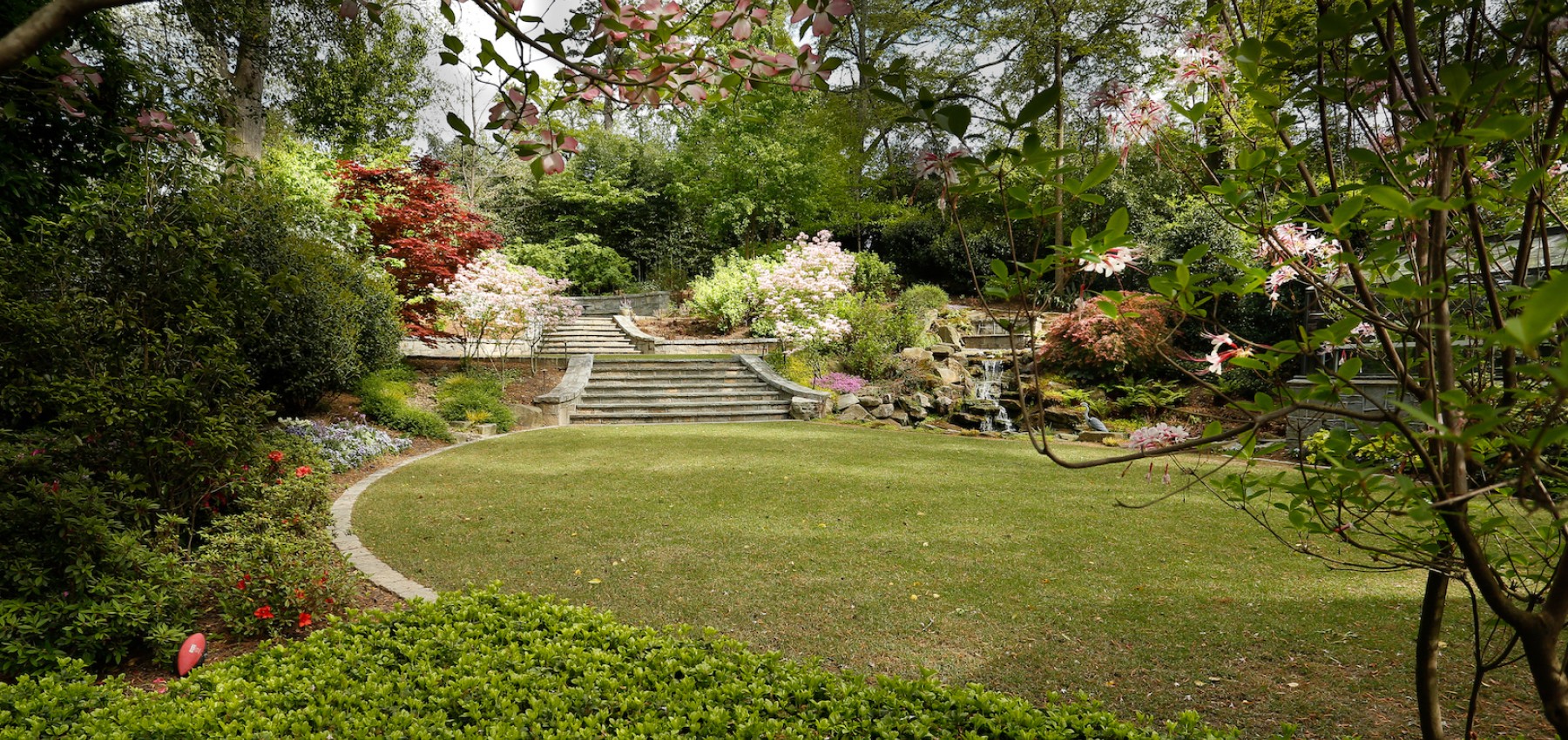Unknown Facts About Landscapers
Some Known Incorrect Statements About Landscapers
Table of ContentsFacts About Landscapers RevealedAll About LandscapersA Biased View of LandscapersLandscapers - An OverviewLandscapers - The Facts
Each of these components has a certain objective and meaning, and when integrated in the proper way, they produce a balanced and harmonious landscape - Landscapers. Rocks are considered the backbone of a Japanese garden. They stand for hills or islands and are purposefully placed to produce a sense of depth and perspectiveIt can take the form of a pond, stream, or waterfall, and its objective is to add activity, audio, and reflection to the landscape. Plants, particularly evergreens and deciduous trees, play a vital role in creating a Japanese yard. They are very carefully picked for their form, shade, and appearance to include rate of interest and contrast to the landscape.
These synthetic components frequently have spiritual or spiritual significance in Japanese society and are carefully placed within the landscape to develop centerpieces. Digital Photography by Garrett Cook Desert yards, also called xeriscaping or arid landscape design, prosper in dry and drought-prone regions (Landscapers). These yards showcase plants that have expanded familiar with the hot and dry problems, making them low-maintenance and water-efficient

They are normally utilized to the neighborhood climate, soil conditions, and wildlife, making them more resistant and better suited to prosper in their environment. This design style embraces the appeal of neighborhood plants and fauna, promoting a sense of place and connecting us to the land we live on. Image: Christopher Lee Mediterranean yards originated in the nations surrounding the Mediterranean Sea, such as Italy, Greece, and Spain, where the climate is hot and dry.
Fascination About Landscapers
In a Mediterranean environment, the summertime warm and aridity are substantial challenges for plant development. To resolve this, Mediterranean yard layout incorporates aspects that give color, such as pergolas and arbors, to secure plants from straight sunlight throughout the most popular hours of the day. These structures serve a useful objective yet also add building interest to the yard.
To battle this, sprinkling techniques such as drip irrigation are frequently utilized to ensure that plants get an ideal quantity of water without wasting it. Official gardens are frequently related to grand estates and royal residences, where whatever is completely balanced and in line. These gardens comply with a strict geometric pattern, with straight lines and right angles dominating the design.
The use of hardscaping aspects such as water fountains, statues, and pathways is additionally common in formal gardens. Casual gardens often tend to have rounded pathways, irregularly shaped blossom beds, and a mix of various plant types.

Fascination About Landscapers
Furnishings are generally timber or wicker. Think harsh and sturdy like a searching lodge. Materials are very over here easy to locate, so they set you back much less, and the upkeep needed is normally less extreme. The style is so popular that it doesn't stand out because a lot of individuals have it. The majority of the landscapes throughout the country are typical style.
You can discover typical landscaping made use of at the historical homes in downtown Idaho Falls. This style gives a great balance of indigenous and non-native plants.
Considering that the design has actually been around for some time, more people have it, so it does not stick out as much. A contemporary landscape has the most edgy design style. Bright tinted plants combine with vibrant metal containers and home furnishings. Every element is much more polished and exact. Hedges and plants are usually a lot more specifically prepared and trimmed right into forms versus being even more all-natural.
It's not about the style of home a landscape fits, but a lot more the materials it's constructed out of. Locating materials for this style, such as containers constructed from steel, can be a lot more tough, so it can set you back a bit a lot more. This style brings streamlined refinement. While hedges need to be trimmed to keep their shapes, this design of landscape requires less customized upkeep.
Indicators on Landscapers You Need To Know
Fuller landscape beds with great deals of shade that require higher degrees of maintenance and upkeep. A more recent landscape design that's emerged recently is the rustic modern-day design.
This style goes finest with homes that are rustic or modern, and it has a great blend of the benefits and drawbacks of those styles provided above (Landscapers). Not exactly sure which design fits you ideal? Factoring in upkeep and overall style and care prices other can help sway you in one instructions over another based on your preferences
For one, given that products like rocks and rough-hewn lumber are so popular here, they are easy to obtain. Likewise, plants are left to grow more naturally, as in they don't require to be a symmetric, pruned form. On the other hand, modern-day and cottage style yards are normally more pricey to set up and need more upkeep.
You can develop a visually pleasing landscape by following these 6 principles of style. There are 6 principles of style that have actually been used by musicians for centuries throughout all art types, painting and flower style as well as landscape design. They are: Balance Focalization Simpleness Rhythm and Line Percentage Unity Equilibrium is a state of being in addition to seeing.
The Definitive Guide to Landscapers
There are 2 major types of balance: in proportion and asymmetrical. Balanced balance is utilized in formal landscapes when one side of the landscape is a mirror photo of the contrary side. These landscapes frequently make use of geometric patterns in the pathways, planting beds and even just how the plants are trimmed into shapes.

Each area of the landscape might consist of a focal factor, yet it is definitely not necessary. Landscape developers need to not overuse focal points.
Keeping landscapes simple, not littered or picky is constantly a good method. This is not the reverse of intricacy. Lots read the article of landscapes have extremely complicated functions, including the architectural design, water features and substantial lighting attributes. Landscapes that make people satisfied and comfortable avoid making use of a lot of colors, forms, curves and structures, yet in no chance does this mean simple, dull or lack of creativity.